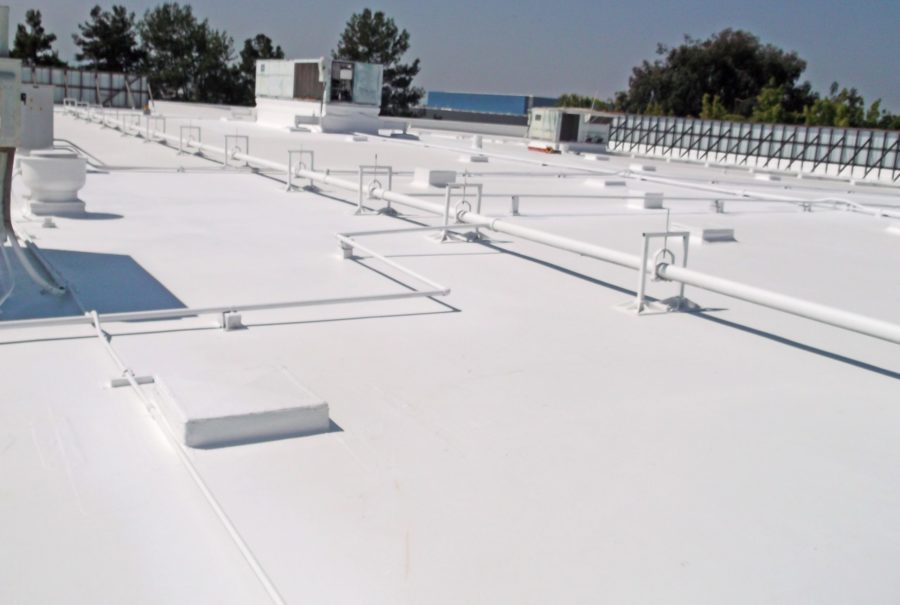Roofs can be made of a variety of materials, from metal to wood to concrete to asphalt. One newer roofing material that you may want to consider is thermoplastic olefin, or TPO.
What is TPO roofing material? It’s a composite made of polypropylene, ethylene-propylene, and other rubbers. It is a thin but sturdy material that reflects light.
While it’s primarily used on commercial buildings, TPO also works well for residences. Read on to learn more about what TPO roofing material is and how it can be beneficial for your home.
Is a TPO Roof Good?
TPO roofing offers many benefits to homeowners and business owners alike. Here are some TPO roofing details to keep in mind if you are considering this type of roof:
- Inexpensive. TPO roofing is less expensive than its two closest competitors, PVC and EPDM. It runs around $5.50 to $6 per square foot.
- Easy installation. TPO is easy to install, which is another reason why it’s inexpensive. The sheets are wide and lightweight, which results in fewer seams. Also, just one layer is required, making it quick and easy to install. Installation can be done via direct fastening or adhesives.
- Good refraction. TPO roofing is white, making it heat-reflective and energy-efficient. It does a good job of reflecting the sun’s UV rays, which reduces the buildup of indoor heat and saves energy in the summer.
- Long-lasting. TPO roofing material is fairly sturdy. It can resist tears, punctures, and corrosion. A TPO roof lasts 20-30 years, with the average being around 23 years.
How Do You Maintain a TPO Roof?
TPO roofing material is anti-reflective mainly due to its white color. Therefore, it needs to be cleaned often to maintain this whiteness. Debris, algae, and other plants can accumulate on the roof, compromising its reflective properties.
Use a mild, non-abrasive household detergent as well as a long-handled brush with soft bristles. Be sure to rinse off the solution when done—for best results, use a pressure washer set on low.
Maintenance should be done regularly by an expert. A roofing contractor can inspect all areas of the roof, including the flashing, fasteners, and seams. Be careful when making DIY repairs, as this can make matters worse.
Does TPO Need Underlayment?
While underlayment is not necessarily required for roofing, it is a good idea. While TPO and other roofing materials should do an adequate job of protecting your roof from water and other elements, underlayment can add even more protection.
If you have a flat or minimally sloped roof in which water cannot run off easily, underlayment can provide a waterproof barrier as well as a shield to protect your roof from damage.
Now that you know what TPO roofing material is, you can determine if it will be the best option for you when it’s time to replace your roof.







